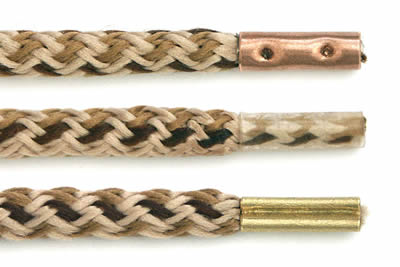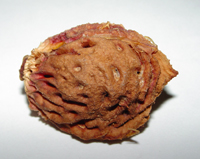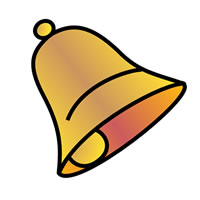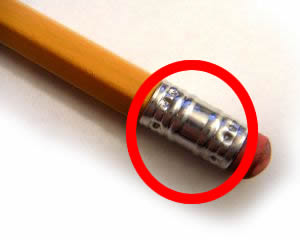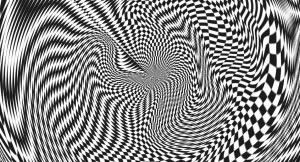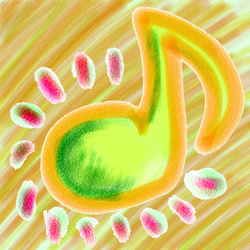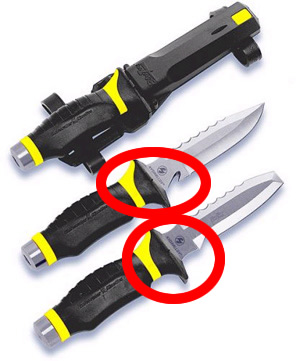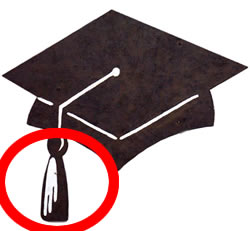10 Common Things You Never Knew the Name Of
 Just about everything has a name. Whether it be a tip of a shoelace, spat-out food, or ringing in the ears, most things we have or use frequently have names. Here are 10 words you probably never knew but should have.
Just about everything has a name. Whether it be a tip of a shoelace, spat-out food, or ringing in the ears, most things we have or use frequently have names. Here are 10 words you probably never knew but should have.
1. Aglet
The tip of a shoelace to keep the shoelace from unraveling. (This is probably the most-used example of a common thing nobody knows the name of.)
From Dictionary.com:
a metal tag or sheath at the end of a lace used for tying, as of a shoelace.
2. Chanking
Food that is meant to be spit out, such as pits, seeds, or bones
From Dictionary.com:
food that is spit out, like pits or seeds
3. Tintinnabulation
The ringing or sounding of bells. (The medical definition is the buzzing or ringing in ears.)
From Dictionary.com:
the ringing or sound of bells.
4. Ferrule
The metal part of a pencil that keeps the eraser in place.
From Dictionary.com:
a short metal sleeve for strengthening a tool handle at the end holding the tool.
(Yes, there are many applications; one happens to be the end of a pencil.)
5. Phosphenes
The lights you see when you close your eyes hard or press them.
From Dictionary.com:
a luminous image produced by mechanical stimulation of the retina, as by pressure applied to the eyeball by the finger when the lid is closed.
6. Quaver
A one-word name for an eighth note used mostly in Britain.
From Dictionary.com:
Music (chiefly British
). an eighth note.
7. Tang
The part in which a tool such as a knife or chisel is attached to its handle.
From Dictionary.com:
a long and slender projecting strip, tongue, or prong forming part of an object, as a chisel, file, or knife, and serving as a means of attachment for another part, as a handle or stock.
8. Liripipe
The string hanging from a graduation cap.
From Dictionary.com:
A long scarf or cord attached to and hanging from a hood.
9. Obdormition
A part of the body "falling asleep" usually caused by constant pressure on nerves or lack of movement. This is usually followed by paresthesia.
From Dictionary.com:
Numbness of an extremity due to pressure on the sensory nerve.
10. Paresthesia
The "pins and needles" feeling after an obdormition.
From Dictionary.com:
a sensation of pricking, tingling, or creeping on the skin having no objective cause and usually associated with injury or irritation of a sensory nerve or nerve root
Thanks for reading my post! If you enjoyed it or it helped you, please consider liking/tweeting this page, commenting, or following me on GitHub or Twitter!
